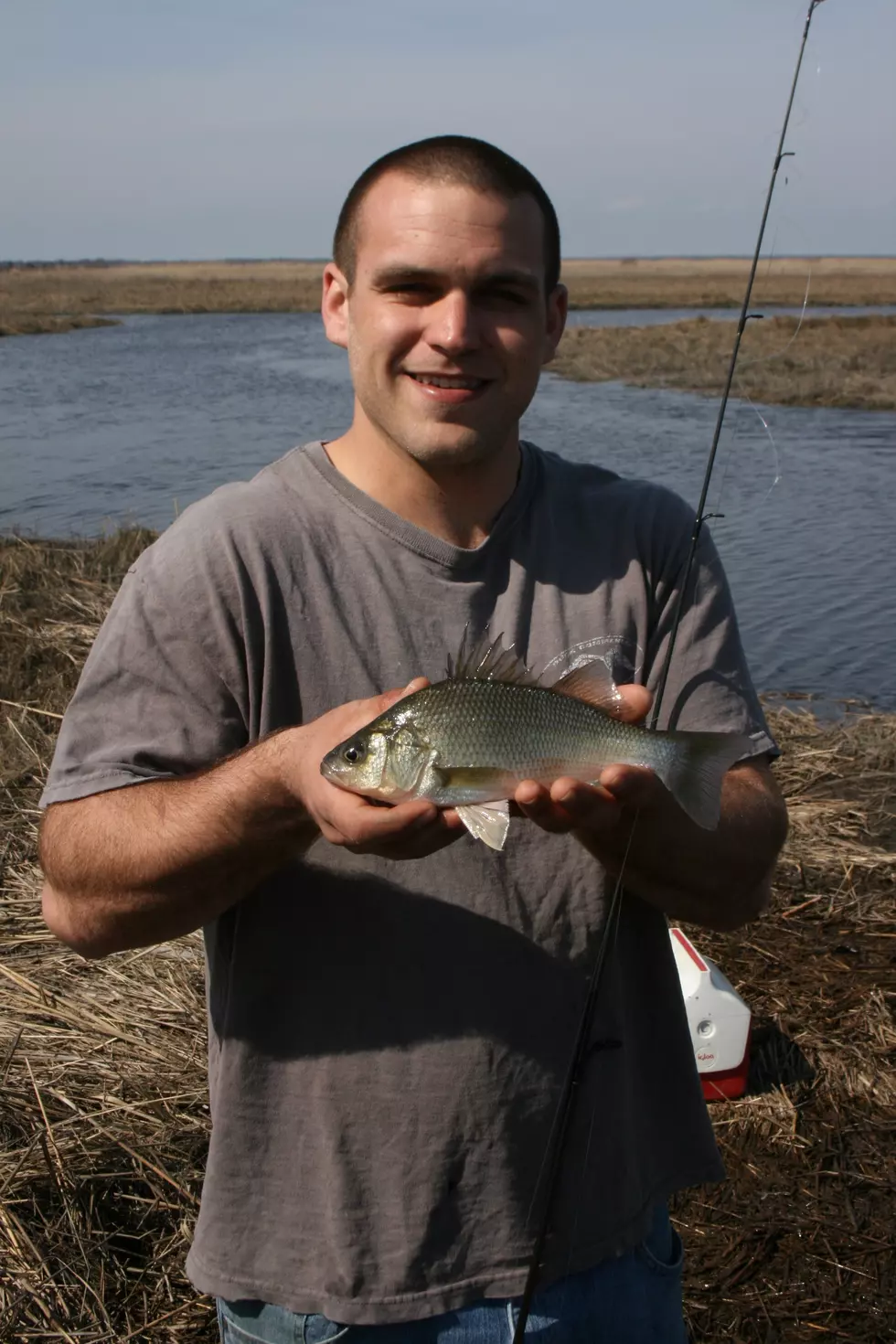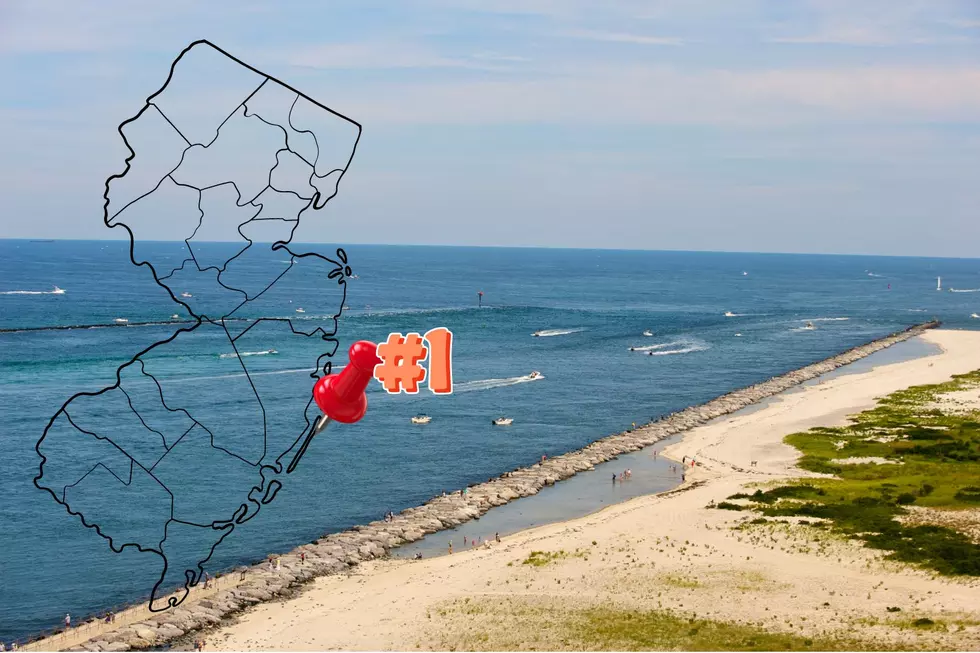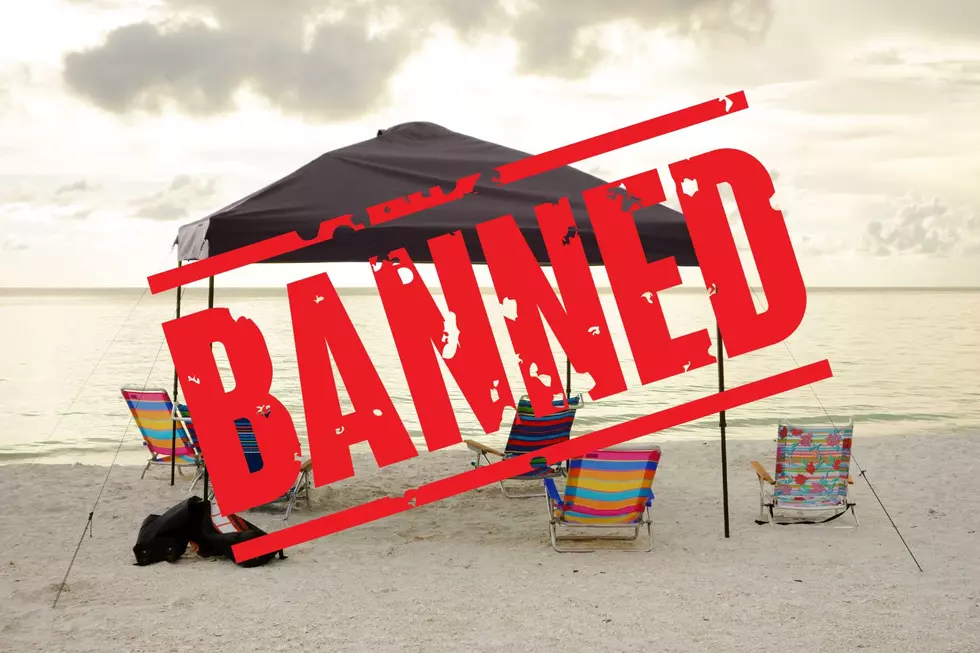
White Perch Bite Signals the Spring Season
Story by Tom Pagliaroli
They’re baaaaaaaaack!
Last year it was a week earlier…the second week in February, when the first white perch started being caught in the tidal creeks and rivers, and also in some lagoons.
The year prior, it wasn’t until the last week of the Valentine Month that the luscious spineys showed with appetites bared and raspy lips snapping.
With this week’s forecast of 55 to 70-plus degree weather, expect the bite, which has been popping here and there the past few days, to detonate full blown like a handful of M-80s in an Old Pal tackle box.
The eagerly awaited arrival of this first cousin of the striped bass heralds the onset of the spring fishing season, soon to be followed by yellow perch and crappies, then trout and largemouth bass. It’s fishing time!
To be sure, this early in the season you have to do a bit of searching to find them, but once you do, it’s “game on”. By St. Paddy’s Day, they’ll be found in all of their usual haunts, and as the perch travel in schools, one can really load the bucket. This is light and ultra-light tackle fishing at its coastal brackish best, and when using bait, either grass shrimp, pieces of bloodworm or nightcrawler, or garden worms, it’s not uncommon to have double and triple headers predicated on the number of hooks on the rig.
When the bait bite is out of control, and we have a couple of dozen spineys on ice, we’ll switch to artificials, these in the form of a 1/32 ounce or 1/16-ounce chartreuse or white jig head (based on water depth and tidal flow) sweetened with a 1-inch or 2-inch Mr. Twister curly tail grub attached to a #0 or #1 silver blade jig spinner (mini spinnerbait clip). Productive colors for the grubs are chartreuse sparkle, pearl, and pumpkin pepper.
Sometimes, though, the perch are keyed on meat, so we’ll forgo the plastics and thread several grass shrimp, a piece of bloodworm or a small killie on the jig head. For whatever reason, this setup, either with the plastic or the flesh, seems to catch the larger perch. Maybe it’s the added attraction of the blade and/or the vibration it emits. Still only guessing after all these decades, but there is no arguing with the results.
White perch will range 5-inches to in excess of a foot in length and over 1 pound. For all intents and purposes, a perch less than 7-inches belongs back in the water. Seven to 9 inches, well, scale, gut, behead, remove dorsal and anal fins, dip in egg, roll in seasoned flour, crushed potato chips, or cornmeal, and fry whole. The sweet meat will separate easily from the bones.
Over 9-inches, the fillet knife comes out. The fillets can be prepared the same as above, but also make incredible fish cakes, fish puffs and “poor man’s crab cakes”. No matter how it’s cooked, there are few fish, fresh or salt, that can match the finger lickin’ lusciousness of white perch.
Into the third week of April, expect good-to-excellent white perch fishing in the Toms River (from behind the old Trilco building off Route 166 in South Toms River down through Island Heights), Mill Creek, the latticework of tidal creeks in the Manahawkin Wildlife Management Area and, a bit farther south and certainly worth the ride, the Bass River, Nacote Creek, Big Creek, the Mullica River, and the Egg Harbor and Tuckahoe rivers. And don’t overlook the lagoons, especially those in close proximity to Barnegat and Great bays.
As these waters are tidal, no freshwater fishing license is required. However, do double check page 32 of the 2018 Freshwater Fishing Digest.
While there is no creel limit (you read that correctly) use some restraint if pursuing perch numerous times during the spring. Yeah, they are delicious. Yeah, the firm white meat freezes well, especially if vacuum sealed. Yeah, even cold the fillets make the ultimate fish sandwich. Yeah, it’s easy to lose count when the bite is inferno. However, look ahead to next year. You want them returning, right?
More from The Hawk:
More From 105.7 The Hawk









